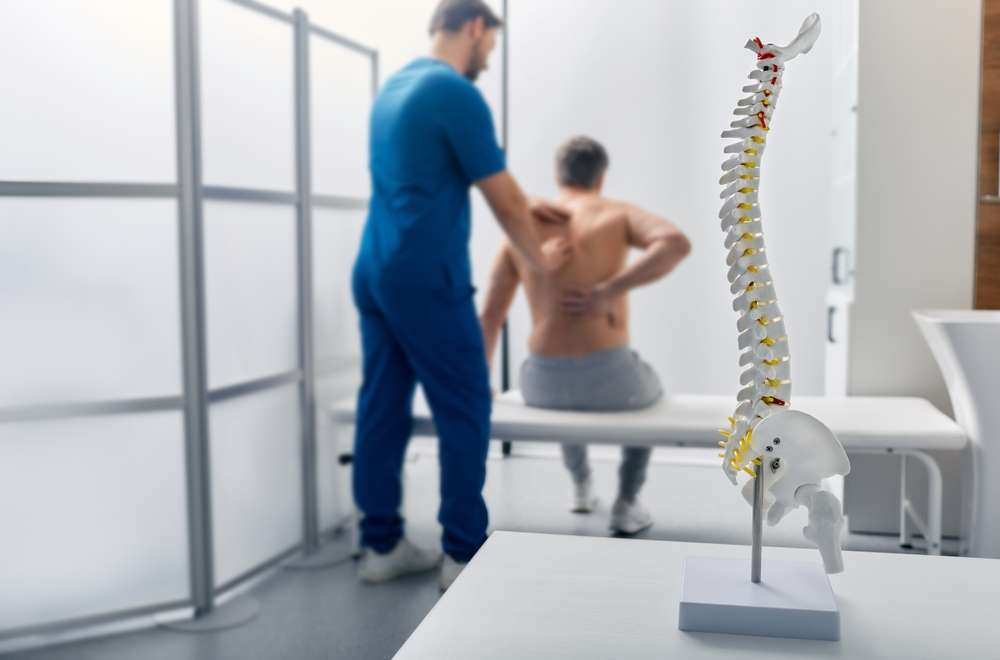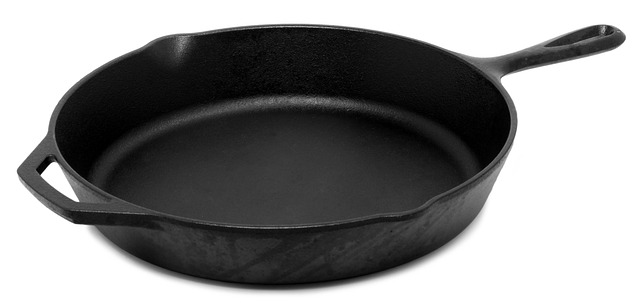Understanding Spinal Decompression: A Non-Invasive Approach to Back Pain Relief
Spinal decompression is a non-surgical therapy designed to alleviate back pain and improve spine health. This innovative treatment aims to create negative pressure within the intervertebral discs, promoting healing and reducing pressure on nerves. As an alternative to more invasive procedures, spinal decompression has gained popularity among those seeking relief from chronic back pain, herniated discs, and other spinal issues.

How does spinal decompression work to relieve back pain?
The primary mechanism of spinal decompression involves creating negative pressure within the intervertebral discs. This negative pressure can help retract or reposition herniated or bulging disc material, reducing pressure on spinal nerves and other structures. Additionally, the stretching motion promotes the influx of oxygen, water, and nutrient-rich fluids into the discs, fostering a healing environment. This process can lead to pain relief and improved function for many patients suffering from various forms of back pain.
What conditions can benefit from spinal decompression?
Spinal decompression therapy is often recommended for a range of conditions affecting the spine. These may include:
-
Herniated or bulging discs
-
Degenerative disc disease
-
Posterior facet syndrome
-
Sciatica
-
Spinal stenosis
-
Chronic lower back pain
While many patients report significant improvements in their symptoms, it’s important to note that the effectiveness of spinal decompression can vary depending on the individual and the specific condition being treated.
Are there any risks or side effects associated with spinal decompression?
Spinal decompression is generally considered a safe therapy when performed by trained professionals. However, as with any medical treatment, there are potential risks and side effects to consider. Some patients may experience mild discomfort during or after treatment, which typically subsides quickly. In rare cases, more serious side effects such as increased pain or muscle spasms may occur.
It’s crucial to consult with a healthcare provider before undergoing spinal decompression therapy, especially for individuals with certain conditions such as fractures, tumors, advanced osteoporosis, or metal implants in the spine. Pregnant women should also avoid this treatment.
How does spinal decompression compare to other back pain treatments?
Spinal decompression offers a non-invasive alternative to surgical interventions for back pain. When compared to other conservative treatments like physical therapy, chiropractic care, or medication, spinal decompression may provide more targeted relief for specific conditions such as herniated discs. However, it’s often used in conjunction with these other therapies for a comprehensive approach to back pain management.
| Treatment | Invasiveness | Duration | Potential Benefits | Considerations |
|---|---|---|---|---|
| Spinal Decompression | Non-invasive | Multiple sessions over weeks/months | Targeted disc relief, improved spine health | May not be suitable for all conditions |
| Physical Therapy | Non-invasive | Ongoing, varies by patient | Improved strength and flexibility, pain management | Requires active patient participation |
| Chiropractic Care | Minimally invasive | Varies, often ongoing | Spinal alignment, pain relief | Results may vary, some risks associated with manipulation |
| Medication | Non-invasive | As prescribed | Pain relief, reduced inflammation | Potential side effects, may not address underlying cause |
| Surgery | Invasive | One-time procedure, recovery period | Structural corrections, long-term relief | Risks associated with surgery, extended recovery time |
Prices, rates, or cost estimates mentioned in this article are based on the latest available information but may change over time. Independent research is advised before making financial decisions.
How to prepare for a spinal decompression session?
Preparing for a spinal decompression session is relatively straightforward. Patients are typically advised to wear comfortable, loose-fitting clothing that allows for easy movement and access to the spine. It’s important to stay hydrated before and after the treatment to support the body’s healing processes. Patients should inform their healthcare provider of any recent changes in their condition or any new symptoms they may be experiencing.
During the session, patients lie on a specialized table that is controlled by a computer. The lower half of the table moves while the upper half remains stationary, creating the stretching effect. Most patients find the experience to be comfortable and even relaxing, with some reporting a sense of relief during and after the treatment.
Spinal decompression therapy offers a promising option for those seeking relief from chronic back pain and related conditions. By creating space within the spine and promoting healing, this non-invasive treatment can provide significant benefits for many patients. As with any medical treatment, it’s essential to consult with a qualified healthcare professional to determine if spinal decompression is appropriate for your specific condition and to develop a comprehensive treatment plan tailored to your needs.
This article is for informational purposes only and should not be considered medical advice. Please consult a qualified healthcare professional for personalized guidance and treatment.




